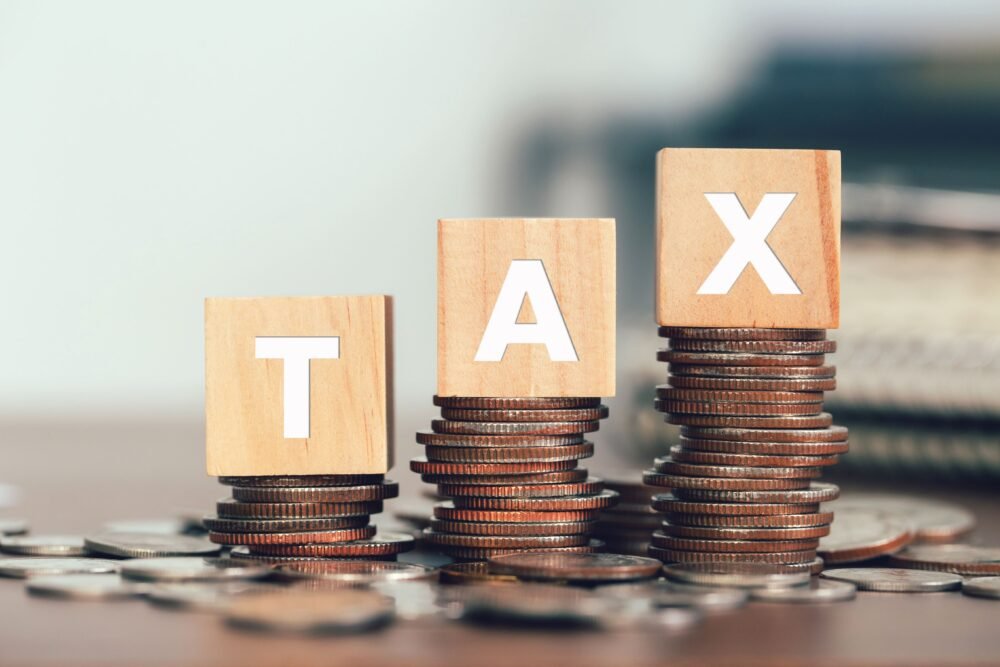Form 16 serves as a pivotal document in the landscape of income tax filing, particularly for salaried individuals. Acting as a comprehensive summary of tax-related information, this certificate is bestowed upon employees by their employers, encapsulating vital details concerning salary disbursements and associated tax deductions. While its significance in the realm of tax compliance cannot be overstated, it’s imperative to underscore that the absence of Form 16 does not impede the process of filing income tax returns (ITR). Nevertheless, prudence dictates that salaried individuals exercise patience in awaiting the receipt of Form 16, as its contents streamline the ITR filing process and mitigate potential discrepancies.
Necessity of Form 16 for Income Tax Return Filing: Its Contents and Significance
Comprehending the intricacies of Form 16 entails dissecting its components: Part A and Part B. Part A delineates the taxes withheld from the employee’s salary, commonly referred to as Tax Deducted at Source (TDS). On the other hand, Part B furnishes a granular breakdown of salary income and the deductions claimed by the employee, culminating in the computation of taxable income. This demarcation underscores the document’s utility in navigating the labyrinthine landscape of tax compliance, offering a lucid exposition of an individual’s fiscal standing.
Beyond the confines of conventional employment, Form 16 finds resonance in diverse scenarios, such as property transactions or rental income. Forms like 16A, 16B, and 16C, tailored to these specific circumstances, furnish taxpayers with a requisite framework for tax assessment. Form 16B facilitates property sales, while Form 16C elucidates rental income, aiding taxpayers in regulatory compliance.
Issuing Form 16 promptly is crucial, as required by Section 203 of the Income Tax Act, 1961. Employers must provide this document to employees by June 15 of the assessment year, emphasizing the need for prompt compliance. Additionally, Form 16 relies on documents like Form 26AS or AIS/TIS to confirm tax disclosures’ accuracy. Taxpayers can combine various information sources to avoid scrutiny, speeding up tax return processing.
It’s pivotal to dispel the notion that Form 16 constitutes a sine qua non for filing income tax returns. Though its delay doesn’t stop filing, waiting for it can speed up tax compliance. Form 16, with its panoptic purview of tax-related information, not only streamlines the ITR filing process but also obviates the need for manual data entry, courtesy of its integration into the Income Tax portal as a pre-filled ITR form. This amalgamation of convenience and compliance underscores the indispensability of Form 16 in the arsenal of every salaried taxpayer.







